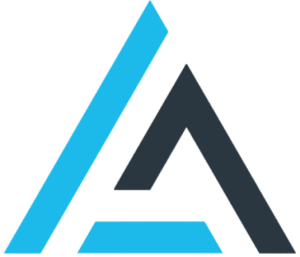Financial Management I
Department of Business Administration
Course outline
(1) General Information:
School | Economics & Social Sciences | ||||
Department | Business Administration | ||||
Level of Studies | Undergraduate | ||||
Course code | 302 | Semester | 3Ο | ||
Course title | Financial Management I | ||||
INDEPENDENT TEACHING ACTIVITIES | Weekly teaching hours | ECTS | |||
4 | 6 | ||||
| |||||
| |||||
Type of course
| mandatory/general background | ||||
Prerequisite course
| ΝΟ | ||||
Language of instruction and exams | Greek | ||||
The course is offered to Erasmus students | ΝΟ | ||||
Course URL | https://eclass.uth.gr/modules/document/?course=DE_U_136 | ||||
(2) Learning outcomes:
Learning outcomes | |
| |
Upon the successful completion of the course, students will be able to: be aware of the basic concepts of Finance and Management - understand and analyze the financial statements of products - manage bonds and study the correlation of risk and return.
| |
General Skills | |
| |
Search, analysis and synthesis of data and information, using the necessary technologies The ability to search, analyze and synthesize data and information. This ability, combined with the ability to use the new technologies he will have acquired, will facilitate the process of making rational decisions. The graduate will have the ability to work independently as well as in a group, as well as to work in an international and interdisciplinary environment. The graduate will also have the ability to generate new research ideas. But all of the above will be done with respect for diversity, multiculturalism and the natural environment, in the demonstration of social, professional and ethical responsibility and sensitivity to gender issues, in the exercise of criticism and self-criticism, and in the promotion of free, creative and inductive thinking. |
(3) COURSE CONTENT
(4) TEACHING AND LEARNING METHODS - EVALUATION
TEACHING METHOD |
| ||||||||||||||||||
USE OF INFORMATION AND COMMUNICATION TECHNOLOGIES | Use of information and communication technologies in teaching, laboratory education, communication with students. Electronic communication with students, learning-process support through the “e-class” online platform. | ||||||||||||||||||
TEACHING ORGANIZATION |
| ||||||||||||||||||
STUDENT EVALUATION | Combination of two of the following assessment procedures:
90%
Assessment procedures are accessible to students. |
(5) BIBLIOGRAPHY
|

